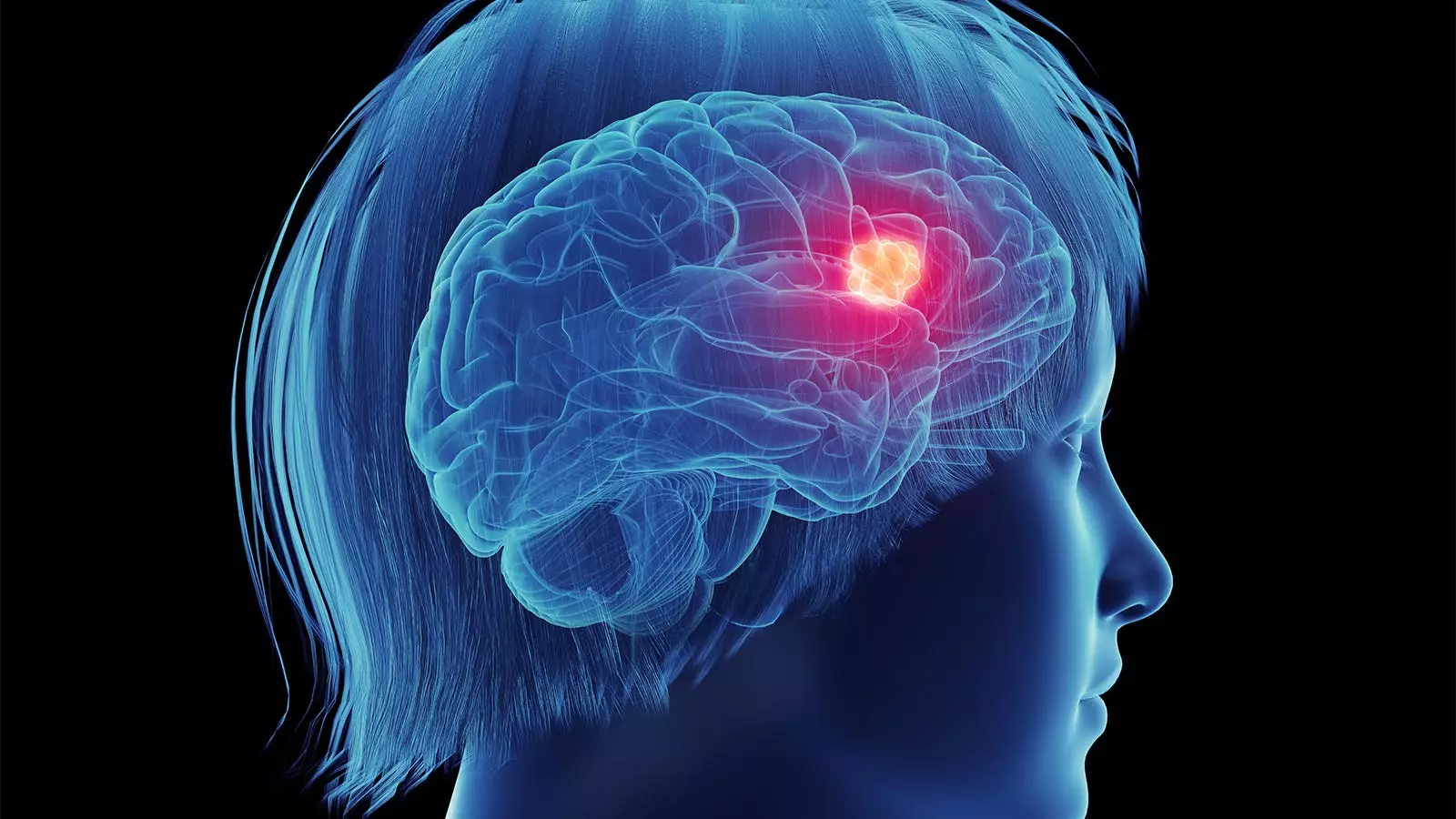The relationship between postmenopausal hormone therapy (HT) and glioma risk has sparked considerable attention in the medical community. A recent large-scale retrospective study delves into this captivating area, analyzing the health data of 75,335 women and revealing surprising insights about the potential risk factors associated with glioma, a form of brain tumor. Despite the extensive scope of the study, the findings present a nuanced narrative that offers no definitive answers regarding the sex disparity in glioma incidence. While some might expect a straightforward correlation between hormone replacement therapy and increased cancer risk, the results suggest otherwise.
The investigation led by Hui Tang, MD, from North Sichuan Medical College, found a nonsignificant 16% increase in the hazard ratio for glioma among women who had undergone HT. However, when assessing other variables such as the duration of HT use, the research yielded no significant associations. This is crucial as it indicates a lack of consensus between existing studies on the effects of HT on glioma risk—a conundrum that calls for further examination.
Prior research has produced varied results regarding postmenopausal hormone therapy and glioma risk. The recent analysis aligns primarily with prospective studies, which also demonstrated a non-significant increase in risk. In contrast, retrospective case-control studies suggested an inverse association between HT use and glioma risk, yet these findings were often clouded by potential biases and methodological inconsistencies. Such discrepancies raise questions about reliability and the interpretation of data in this field.
The authors of the study pointed out that a potential recall bias may distort findings in retrospective studies. This complicates our understanding of HT’s role in glioma development, amplifying the need for meticulous prospective studies to uncover genuine associations. Furthermore, a lack of differentiation between the various components of HT in some analyses might obscure more intricate relationships that remain unexplored.
An unexpected twist in the study is the emergence of a potential association between HT and glioma specifically among college-educated women, which, despite its promise, did not rise to statistical significance. This piquant observation again underscores the complexities tied to socio-demographic factors in health-related research. While education has been shown to influence health outcomes broadly, the implications of this specific finding require careful consideration and further investigation.
Dr. Stephanie Faubion, a prominent figure in the women’s health field, contends that the study results illustrate our limited understanding of sex-based differences in health risks. She challenges the oversimplification of attributing these differences solely to hormonal levels, advocating for a multidimensional perspective that encompasses various biological and sociocultural factors.
Given the limited findings and the controversies surrounding them, some experts, including Faubion, propose a shift in research focus. She highlights the rarity of glioma and suggests allocating resources toward more common brain tumors, like meningiomas, which disproportionately affect women yet have received scant attention in relation to hormone therapies.
The need for future studies is critical. The call for larger sample sizes, longitudinal approaches, and comprehensive demographic factors is echoed in Tang and colleagues’ conclusion—an indication that the existing research is only scratching the surface of this complex interaction.
The exploration of postmenopausal hormone therapy and glioma risk presents a compelling example of the complexities inherent in medical research. As the global medical community wrestles with inconsistencies arising from previous studies, one must acknowledge that the relationship between hormone therapy and glioma may be influenced by a confluence of factors. The insistence on understanding broader health implications and sex-based differences is long overdue; such insights can pave the way for targeted health interventions that not only address glioma but also enhance our understanding of women’s health as a whole.
To sum up, while the most recent study offers no definitive conclusions regarding the effects of HT on glioma risk, it serves as a crucial stepping stone toward deeper exploration into a field ripe with unanswered questions and necessary investigations. As we gaze into the horizon of medical inquiry, there lies an unwavering commitment to deciphering the intricacies of hormone therapy and its intricate role in women’s health outcomes.


Leave a Reply